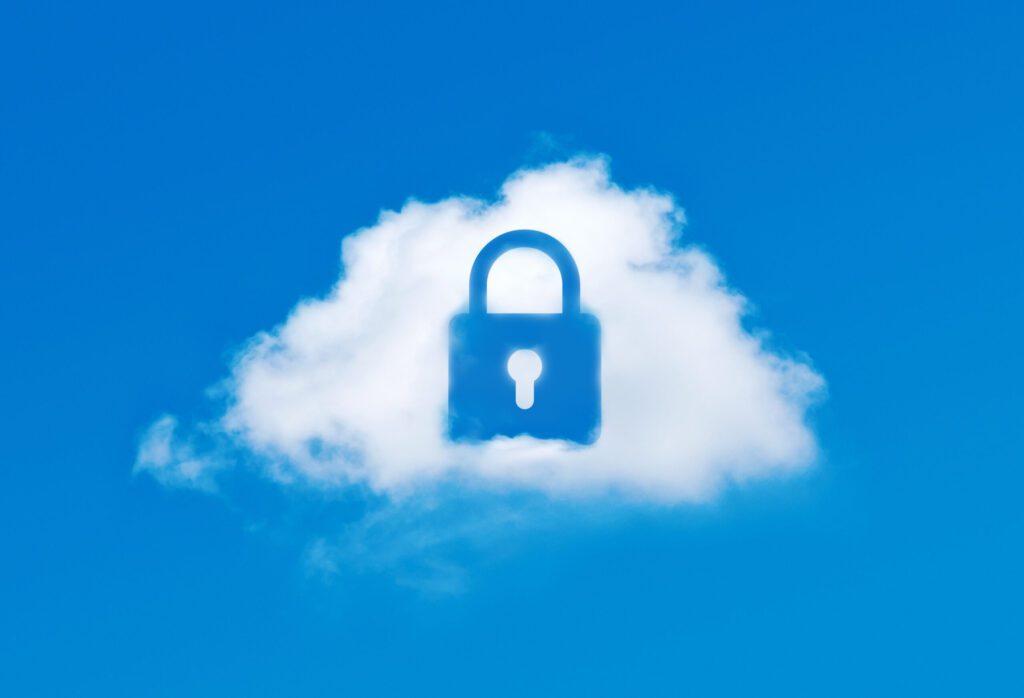Today's security solutions cannot be limited to cloud computing alone, but must be comprehensive and centrally managed.
For a long time, security systems have been complex and siloed, requiring on-premises servers and cumbersome management. But the physical security industry is changing.
A growing number of leaders are embracing hybrid cloud models that make protecting people and places easier to use. In fact, 92% of security leaders believe the future of physical security is cloud-based.
But to fully realize these benefits, solutions must not only be cloud-based, but also comprehensive and centrally managed. To unlock efficiency, leaders want a comprehensive solution that gives them more context, scales across devices and locations, and centralizes operations management.
Centralized physical security operations management
On-premises physical security systems often require security leaders to navigate different interfaces, rules, and processes, ultimately making it difficult to maintain an effective and efficient physical security strategy.
In contrast, cloud-hosted solutions on a single platform make it easier for organizations to unify and manage all of their physical security technologies because they seamlessly connect everything under an easy-to-use interface. This streamlined approach enhances situational awareness, simplifies management, and allows for faster, more coordinated incident responses.
This is especially true when it comes to conducting investigations. Instead of physically retrieving footage from different cameras in different locations—which in the case of repeat offenders might involve driving to multiple stores and sifting through hours of footage to find a clip—cloud platforms can make it easier to find footage through advanced analytics and access it from anywhere.
Some cloud platforms also make it easy to automatically collect evidence and generate incident reports that can be shared with law enforcement electronically.
Highly customizable and easily scalable cloud solutions
Security deployments come in many shapes and sizes, from single standalone devices to enterprise-level solutions with multiple technologies and global locations. With the right technology, installation and configuration can be as seamless and simple for larger, more complex deployments as it is for a single site.
With a comprehensive cloud platform solution (compared to a point solution), installations can be simplified with centralized device management across any number of locations and locations.
Cloud platforms also easily integrate with other technology partners through API endpoints and more, making them more customizable and easier to scale to an organization’s evolving security needs. For example, when a new employee joins an organization, they must be provided with credentials that grant them access to specific areas within the office.
Using a cloud platform, organizations can sync employee profiles in real time from single sign-on systems like Okta and Microsoft Entra ID and automatically provide appropriate access control to the employee based on their role.
More context to make better decisions.
Integrating different security technologies provides security professionals with more context and, ultimately, better decision-making for their organizations. Imagine a person walking through an access point.
With a standalone access control system, you can’t tell if someone has passed through the access point just by looking at the credentials log. However, when paired with a camera on a centrally managed cloud platform, you can see that while one individual swiped their badge, another person followed them closely without swiping it — a practice known as tailgating.
This additional context allows security leaders to identify and address unauthorized access attempts, such as implementing anti-tracking measures or increasing monitoring at weak points.
Or consider that when an individual visits an organization on-site, there is often a robust check-in process that spans multiple security technologies: They are verified using an intercom and granted remote access; then, they check in using a guest management solution, which maintains a digital visitor log and has them complete any necessary check-in requirements.
While on-site, video surveillance can identify and record a visitor’s passage through an access point, making it easier to complete investigations if necessary. All of these solutions on one platform work better together and give organizations more context about how individuals interact with their spaces.
Cloud First: A New Industry Standard
There’s no doubt that the new industry standard is cloud-first, and adoption of the technology is expected to continue at a rapid pace. This is evident in the data: 75% of IT and physical security leaders report that they plan to move to the cloud in the next 12 months.
Cloud solutions that are centrally managed on a single platform herald a new wave of efficiency in security operations due to the scalability, connectivity, and simplified management benefits they offer.
With all the benefits that cloud-based physical security solutions and platforms bring to enterprises, security is poised to start impacting broader business use cases and driving productivity across the enterprise.
Jake Lichtling is the Product Manager and Access Control at Verkada.
If you liked this article and would like to receive more valuable industry content like this, click here to sign up for our free digital newsletters!



